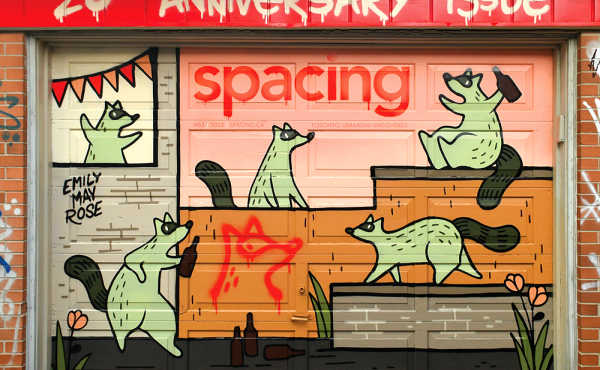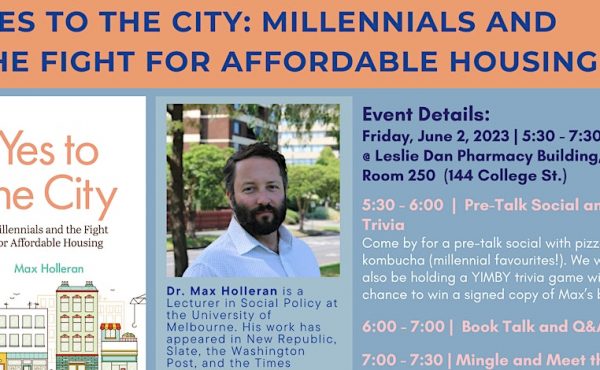
June 20th, 2012, Queen and John meet Manhattan in the summer heat. No time-space rift, just another day in Hollywood North, where our city routinely plays other places in film. All fine, good for the economy, but more and more Toronto is getting to play itself, in film and elsewhere. Toronto as Meryl Streep and our continuing maturing as a city that knows itself was the topic of my Toronto Star column on friday.




2 comments
Concentrating Toronto’s occasional New York ersatz in one area will do wonders for our city. The recent Uptown Residences condominium (wiki it) can serve as a beacon for such an area. But it must be separated from Yonge and Bloor, as that is pure and elemental Toronto right there.
“Toronto, on the other hand, is more likely to be playing somewhere else… You might wonder where you are until you see the film crew standing around…This city has been so many different cities, it’s one of the most versatile places around. We’re the Meryl Streep of metropolises.”
If Toronto is “a city that has been hesitant to focus on itself in the arts” and instead looks elsewhere for the names of its streets and condos and for defining episodes, the question is why. The answer seems to be in the lingering influence of our dishonest creation story, that when Europeans arrived here they found a “trackless wilderness” lacking history and inhabitants. Those settlers behaved as if everything of significance had to come from elsewhere, that nothing human is inherent here, and meaning itself had to be imported.
Of course, Spacing columnist Amy Lavender Harris’s book and website named “Imagining Toronto” have details of dozens of literary works set in Toronto including the best-known (novels by Margaret Atwood, Michael Ondaatje, Anne Michaels and Michael Redhill.) And I recommend Ron Williamson’s book “Toronto: An Illustrated History of its First 12,000 Years” as a starting point to address our cultural amnesia.